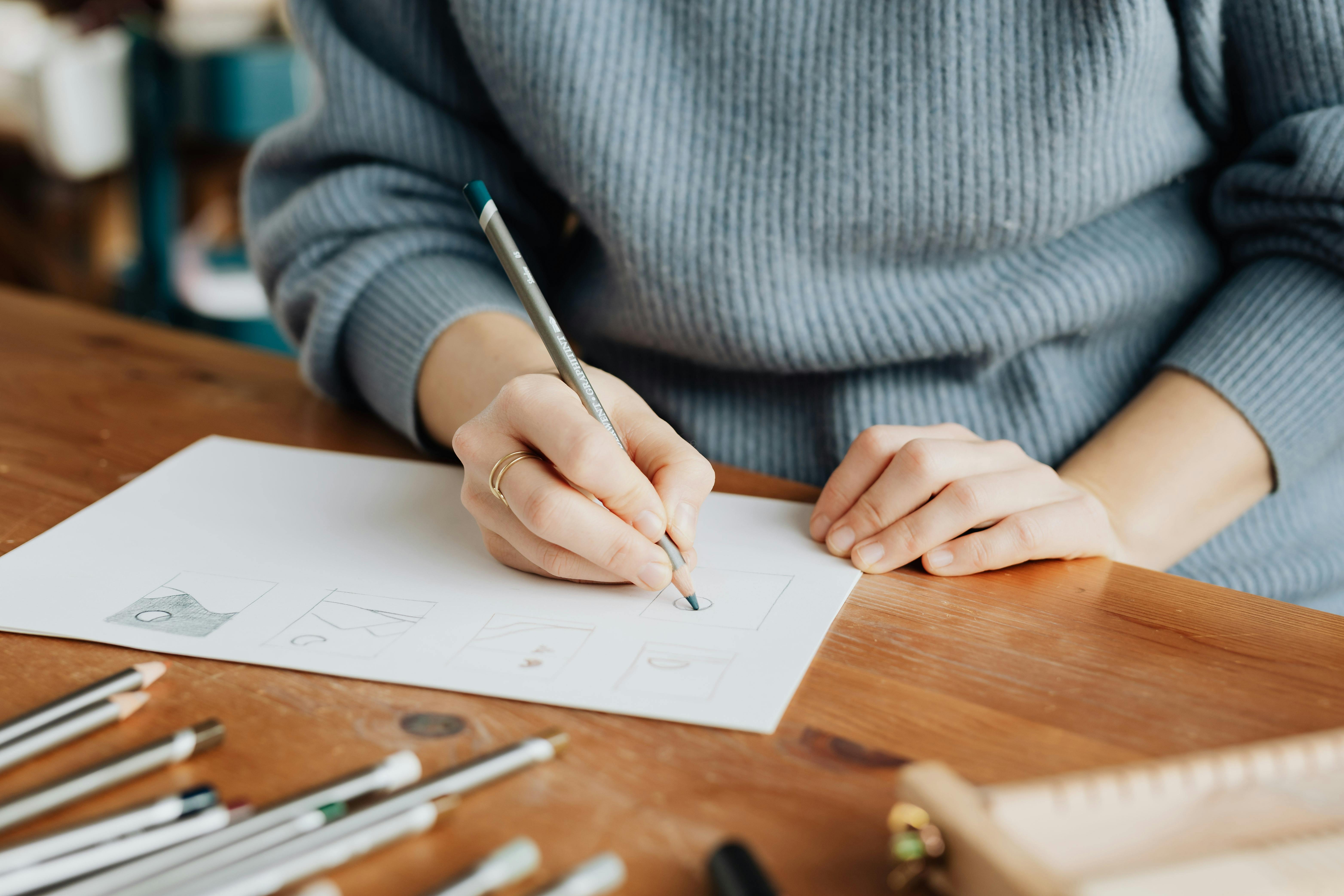creating personas in Contextual Design
A persona is a model of a group of people that represents an audience you are designing for. It can be created from research data like in-depth interviews, surveys or other qualitative user research. It helps you visualize the people you are designing for and communicates that information to others on the team. The aim is to make it easier for designers to understand the users and their needs.
When creating a persona, it is important to include all aspects of a real target audience: their background, goals, challenges and frustrations. This helps ensure that the product design is based on true user insights and not a designer’s bias.

It is also a useful tool to help the designer step out of their own perspective and see the world through the eyes of the user, to develop empathy. This leads to genuinely user-centered design, where every design decision is evaluated in terms of its impact on the user’s goals and needs. As such, the persona is an essential element of the Contextual Design process. However, it is not always easy to use personas effectively and the effectiveness of personas can be influenced by several factors.
What is the importance of creating personas in Contextual Design?
One of the biggest obstacles to using personas effectively is making sure that all team members understand and believe in them. This can be achieved by getting team members involved in the persona creation process right from the beginning, and ensuring that everyone has access to the final product. Another important factor is to provide a clear, concise description of each persona. Having an effective persona template that includes information like name, age, gender, job, interests and hobbies is crucial. This allows for the persona to be used throughout the entire product development cycle, and avoids any confusion over who the target audience is for a specific feature.
Once a team has agreed on the structure of a persona, they should begin to collect data that can be used to populate it. This data can come from a variety of sources, including customer support logs and analytics tools. However, it is best to conduct user interviews whenever possible, as this will help you get a deeper understanding of the target audience’s goals and needs.
Once the persona is complete, it should be used to guide the ideation and prototyping process. It is also a good idea to create a poster-size version of the persona and put it up in the team space, so that the persona is always visible and reminds the team to keep user needs front and center throughout the design process. The most effective way to use a persona is to combine it with a scenario that puts the persona in context and describes how they would interact with your product. This will help the team to evaluate prototypes based on whether they meet a user’s goals and needs. This will help to reduce the amount of time wasted on ideas that do not resonate with the target audience.


